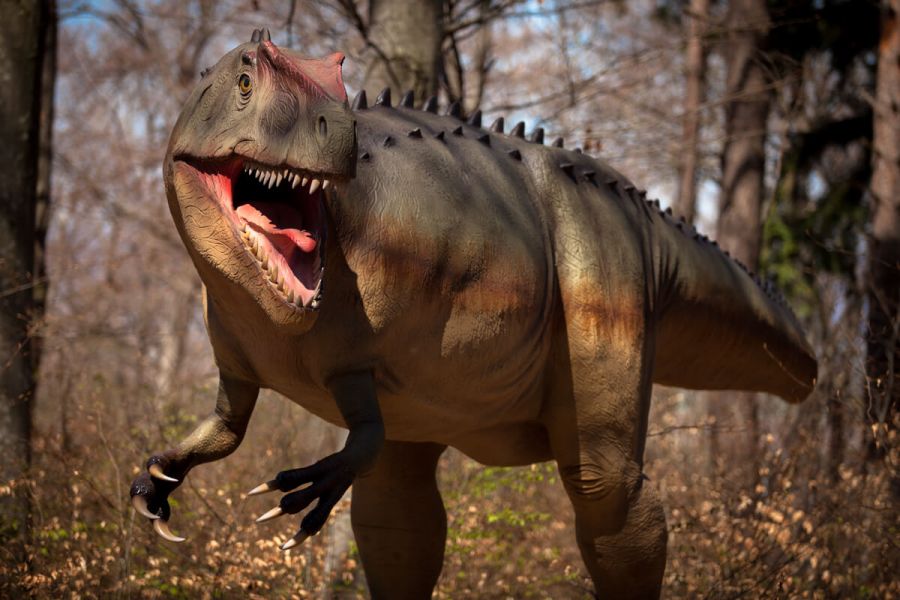Achillobator (meaning "Achilles hero") is a genus of large dromaeosaurid theropod dinosaur that lived during the Late Cretaceous period about 96 million to 89 million years ago in what is now the Bayan Shireh Formation of Mongolia.

The first remains were found in 1989 during a Mongolian-Russian field expedition and later described in 1999. Achillobator, is derived from the Latin word "Achillis" (genitive singular of Achilles), in reference to the large Achilles tendon that supported the second pedal ungual (known as the "sickle claw") of most dromaeosaurids, and the old Mongolian word "баатар" (baatar, meaning hero).
It represents the first and largest dromaeosaurid known from the Bayan Shireh Formation.


Achillobator was a deep-bodied and relatively short-armed dromaeosaurid with stocky and robust legs. Some of the most notable features consisted in the robustly built skeleton—an unusual trait in dromaeosaur dinosaurs, which were generally lightly built animals—such as the deep maxilla and femur, along with the primitive pelvis, having a vertically oriented pubis that differs from most other dromaeosaurids.
Achillobator is classified as a dromaeosaurid taxon, more specifically within Eudromaeosauria, a group of hypercarnivorous dromaeosaurids that were mainly terrestrial instead of arboreal or amphibious. In most cladistic analyses, Achillobator is recovered as a close relative of Dromaeosaurus and Utahraptor, although it is often considered to be the sister taxon of the latter. The stocky and short leg ratio of Achillobator indicates that it was not cursorial—an animal adapted for high speed or to maintain said high speeds. Moreover, the robust morphology of the maxilla suggests a predatory behavior based around hunting large prey










